A Wellington MkII of 104 Squadron.
The crew of this 104 Squadron Wellington took off from their base of Driffield at 18.35hrs on 15th January 1942 and, along with other aircraft from the same squadron, were to bomb Emden. All appears to have gone well for this aircraft and it's crew over the target and many fires were claimed as started by the fifty strong force. On return to Yorkshire the crew of this aircraft became lost in cloud and ended up over the North Yorkshire Moors. At midnight the aircraft was flying in a south easterly direction, the aircraft descended through the cloud and clipped an area of moor north of Hawnby at 00.05hrs. The pilot must have just lost height at that moment as if they had been flying at a similar height for even a few seconds previous, they would have struck higher ground to the north west. On striking an upward slope the force jumped the aircraft up and onto the moor top breaking the back of the Wellington and leaving it in two pieces. Part of the wreckage caught fire on the snow covered moor. Four of the crew were killed and two injured in the crash. The two who were buried at Topcliffe Cemetery were buried on 20th January 1942.
I was able to speak to Mr William Wood in June 2003 (formerly of Ewe Cote Farm, and then retired and living in Helmsley), he recalled and recounted the events of this night very well as he was one of the first on the scene along with the Chop Gate policeman. His story adds some interesting details. Mr Wood was told to check in the rear gun turret to see if there was anyone in it, after crawling in, the gunner appeared to him to have been lucky and survived, though injured as he was no where to be seen. It is thought that those who survived had walked off in the opposite direction to where those who found the aircraft had come, Mr Wood made no mention to seeing those who survived. Mr Wood recalled an orange and a bar of chocolate being tucked neatly in the rear turret and were unmoved in the crash. Mr Wood and the other young men present at the crash later carried three of the dead airmen on a cart to nearby Woolhouse Croft where they were later taken away by the authorities for burial. The pilot was removed some time later from the cockpit after RAF units arrived. The wreckage took around six weeks to remove from the moor due to the heavy snow that was to fall. Mr Wood recalls a Fordson tractor being used with a sledge to drag the main lumps away to Laskill.
In February 2004 I spoke to Mr Aran Clark formerly of Bumper Castle, Snilesworth (now of Egton). I recounted Mr Wood's memories of this crash to him which jogged his memory. He and Mr Wood lived close to each other at the time and were friends. Mr Clark also recalled the orange in the rear turret and that the rear gunner had indeed walked away from the crash; to Hazelshaw House, the nearest farm house just to the West of where the crash had occured. Hazelshaw House was farmed at the time by Mr Clark's mothers sister's family, Mrs Garb. Atkinson. She did what she could for him and it is thought he made a full recovery. With regard the other survivor, it is still not known what happened to him immediately after the crash but information gathered from talking to a further local, whilst a third-hand account, he tells me that this airman broke at least one leg and was carried down from the crash site on the aircraft's dinghy to one of the farms near Bumper Castle. Both he and the rear gunner were eventually taken to hospital. It seems likely that Mr Wood had not seen the two taken to Bumper Castle as he arrived at the crash site after they had left. His and Mr Clark's accounts were identical otherwise. Mr Clark also recalls one of those killed in the crash was missing for a time, having been thrown out of the aircraft as it broke up. Those at the site searched the area for him and Mr Clark recalled being the one who stumbled over him in the heather. Being only young lads this incident must have shocked him and he was able to vividly recount the story to me. Mr Clark also told me that his father also assisted in taking those who were killed in the crash to Laskill to await their removal for burial. I was also told that the tail section of the aircraft was pretty much intact following the crash, as was the majority of the rest of the rear of the aircraft, in that it still looked like an aircraft.
Wellington W5493 was built to contract B71441/40 by Vickers Armstrongs Ltd at Weybridge and was delivered to 33 M.U. at Lyneham on 22nd April 1941. It was then transferred to 24 M.U. at Ternhill on 15th May 1941 and 51 M.U. at Lichfield on 23rd October 1941. It finally went to an operational unit when 405 Squadron at Driffield took the aircraft on charge on 9th November 1941. It was then transferred to 104 Squadron, still at Driffield, on 6th January 1942. Following the crash on Hawnby Moor on 16th January 1942 the damage was assessed and written off with Cat.E2/FB(Burnt) damage being recorded. The aircraft was struck off charge on 23rd January 1942 with total flying time of 36.55hrs.
Pilot - Sgt John Wilmot RAFVR (1001441), aged 29. Buried Barrhead RC Cemetery, Renfrewshire.
Second Pilot - Sgt John Blackwell Turner RCAF (R/82814), aged 20, of Edmonton, Alberta, Canada. Buried Topcliffe Cemetery, Yorkshire.
Observer - Sgt Douglas Reginald Bradley RNZAF (NZ.401302), aged 28. Buried Topcliffe Cemetery, Yorkshire.
Wireless Operator / Air Gunner - Sgt George White RAFVR (754076), aged 22, of Felling, Gateshead. Buried Heworth Churchyard, County Durham.
Wireless Operator - Sgt William John Hegan RCAF (R/60855), possibly of Edmonton, Alberta, Canada. Injured.
Rear Gunner - Sgt James Anthony Upham RAF (612251). Injured.
John Turner was born on 9th September 1921 in Edmonton, Alberta, Canada and was the son of John and Alice Mary (nee Blackwell) Turner. His father was born in Sheffield, Yorkshire, England but had emmigrated to Canada. As a boy John (Jnr) had been a Scout and was awarded the King's Scout award. He had initially tried to enlist into the RCAF in December 1939 while still at high school, he was then successful on 19th July 1940 and enlisted in Edmonton stating he wished to serve as aircrew. He then undertook pilot training in Canada and received his Wings on 15th April 1941. With training in Canada complete he left for service overseas a few weeks later and arrived in the UK at the end of May 1941 by boat. He was posted to train at 22 O.T.U. on 7th June 1941 and then to 405 Squadron on 22nd August 1941. He was attached to No.4 Beam Aprroach Training Flight on 21st September 1941 to undertake beam flying training and appears to have either joined 104 Squadron either just before or just after this date but the date he was posted to 104 Squadron is not listed on his service file. At the time of his death he had recorded 63 hours of flying. Both John Turner and Douglas Bradley were buried at Topcliffe on 20th January 1942. His photograph I credit 22 O.T.U. orb AIR29/666 and his grave photograph I credit myself, Rich Allenby.
Sgt Douglas Bradley was born in Papakura, Auckland, New Zealand on 25th June 1913, he was educated at Auckland Grammar School and later worked on his father's dairy farmer at Wellsford. He enlisted into the RNZAF on 7th May 1940 as a pilot, and trained at 2 E.F.T.S. from 27th July 1940. This cannot have gone well as he remustered as an observer on 1st September 1940 and begun his training later that month. He embarked Aorangi for Canada on 5th December 1940. He gained his Air Observer Badge and was made a Sgt on 26th April 1941. He embarked for the UK via Iceland and arrived in the UK in June 1941 and trained at 22 O.T.U. in July 1941 and did only one operation flight with 104 Squadron before being killed in the incident described above. A photograph of him is said to have appeared in 'The Weekly News' of 11th February 1942, to which I have no access. My thanks to Errol Martyn and his excellent series of "For Your Tomorrow" books of RNZAF losses for much of this information. His age was listed as being twenty nine years old in the Topcliffe burial register whilst CWGC record him as being twenty eight. Both John Turner and Douglas Bradley were buried at Topcliffe on 20th January 1942. His photograph I credit 22 O.T.U. orb AIR29/666 and his grave photograph I credit myself, Rich Allenby.
John Wilmot and his grave. Photograph of him I credit 22 O.T.U. orb AIR29/666 and his grave at Barrhead Cemetery photograph is mine, Rich Allenby.
Probably George White. Photograph of him I credit 22 O.T.U. orb AIR29/666. There were a couple of possible "White's" at 22 O.T.U. at the right period. All have their photographs in the unit record book but this one is my best guess to be him. Sgt George White's gravestone in Heworth Churchyard, County Durham. I thank local historian Mr Bill Hartmann for this photograph, he runs the website about Tyneside's Silent Cities and kindly took and sent this photograph for inclusion here. He has used an earlier version of this website, copied word for word, with a credit (which would have been nice).
Sgt Hegan was also on board Wellington W5435 when it crashed at Minskip near Dishforth on 3rd September 1941 and was admitted to Harrogate Hospital but obviously recovered. After this second crash on the North Yorkshire Moors it seems likely that he was badly injured and did not return to flying in the UK. A mention of him returning to Canada in early 1942 has been found suggesting that his air-War was over.
The photograph of him I credit 22 O.T.U. orb, AIR29/666.
James Upham later recovered from his injuries following this accident on the North Yorkshire Moors and was posted to 158 Squadron (which was formed out of what remained of 104 Squadron). On 8th May 1942 he was flying in Wellington Z8600 which was hit by flak on Ops and crashed into the town of Rostock. Four of the crew were killed but Sgt Upham escaped and became a PoW, he was held at Camp 449. He possibly died in Oxford in 1989. The photograph of him I credit 22 O.T.U. orb, AIR29/666.
The aircraft crashed here in this area of Hawnby Moor. Photograph credit, myself, Rich Allenby.
The first piece John Skinn and myself found in March 2003. Photograph credit, myself, Rich Allenby.
In March 2003 John Skinn and I searched for this aircraft crash site, we found one piece of alluminium near to where the aircraft is said to have come down on Hawnby Moor. Although not a fully successful search we proved that an aircraft did come down here and all the information that I have says that it is a Wellington. After speaking to Mr Wood, a return trip to the moor was needed, we returned in November 2003, found the piece we found last time which Mr Wood put on the exact location for the crash site. We did another more detailed walk over the area and came up with a dozen or so small pieces of the aircraft which included copper tube, perspex and a small heap of molten alloy. Photograph credit, myself, Rich Allenby.
More recent accounts of this accident have suggested that it crashed on "Arden Great Moor", this is not correct. David Smith published a map reference on Arden Great Moor in his High Ground Wrecks and Relics" book and this appears to have been the origin of the mistake. John Skinn and myself checked the area he suggested on Arden Great Moor in 2003 and found nothing. We knew that this aircraft had not crashed there but it was checked to see if the location was a crash site but for another aircraft. Nothing was located. It may be where a Middleton St George based Whitley made a forced landing which gets a mention in a search-light battery record but this Whitley is now thought to have crashed closer to Kepwick (as it is listed by map reference in police records.
My thanks to Mr William Wood. With out his help we would not have located the crash site in the modern day due to the clear up done by the RAF. My thanks to Mr Aran Clark for being able to fill in some of the blanks and being able to add other comments to what happened on this night.
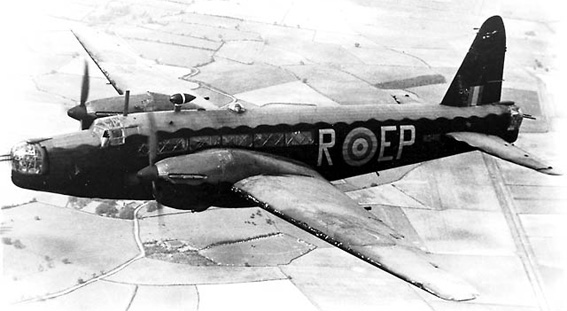
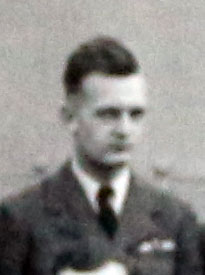
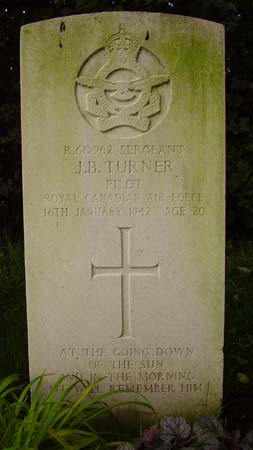
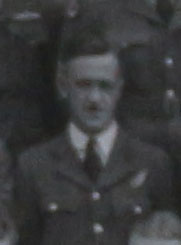
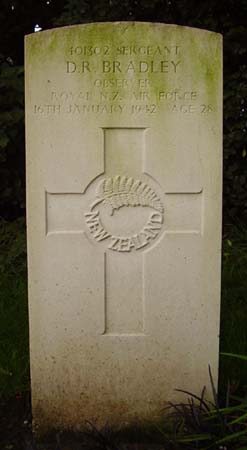

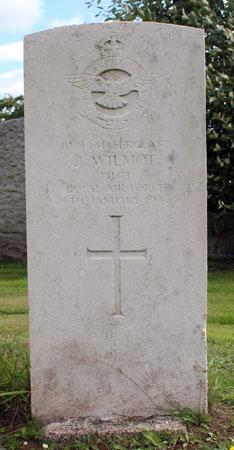

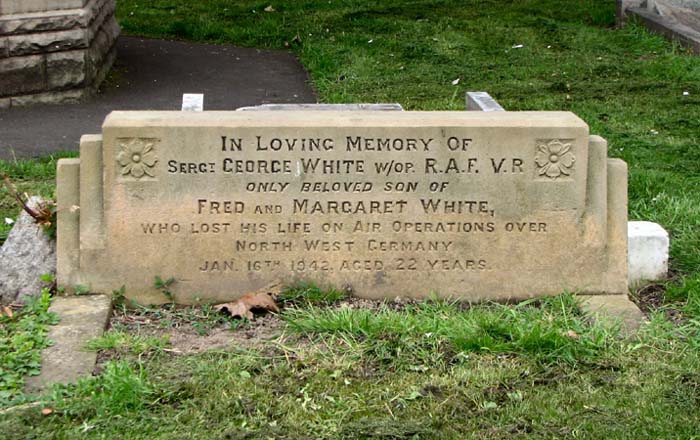
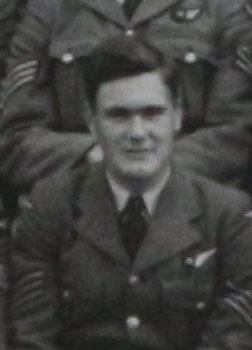
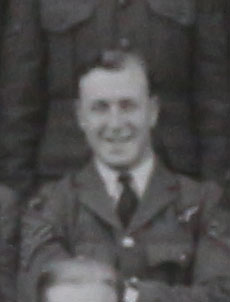

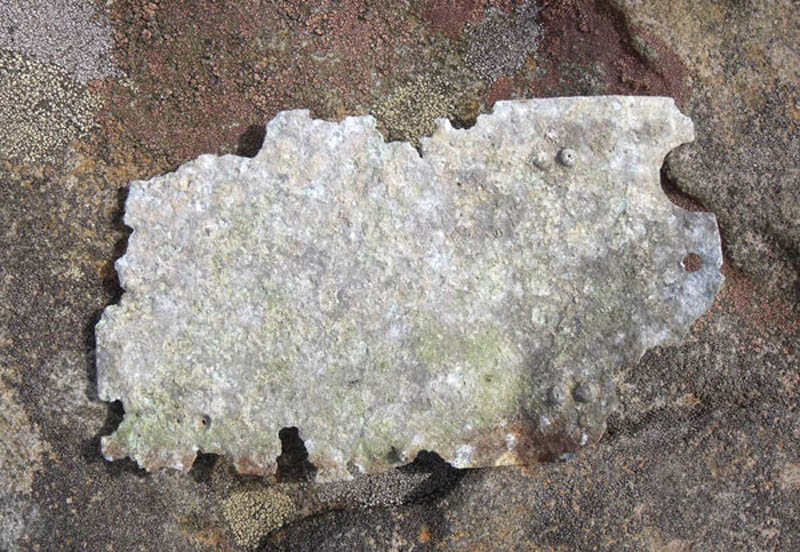

A German aircraft dropped a mine onto this moor during the War, the explosion was said to be extremely loud! If anyone has a map reference for the location I would love to know it. I am told that it was in the area between Low Thwaites and Ladhill Gill but have hunted for a crater and have not yet found one. The crater it left was said to be bigger than a nearby farm house.